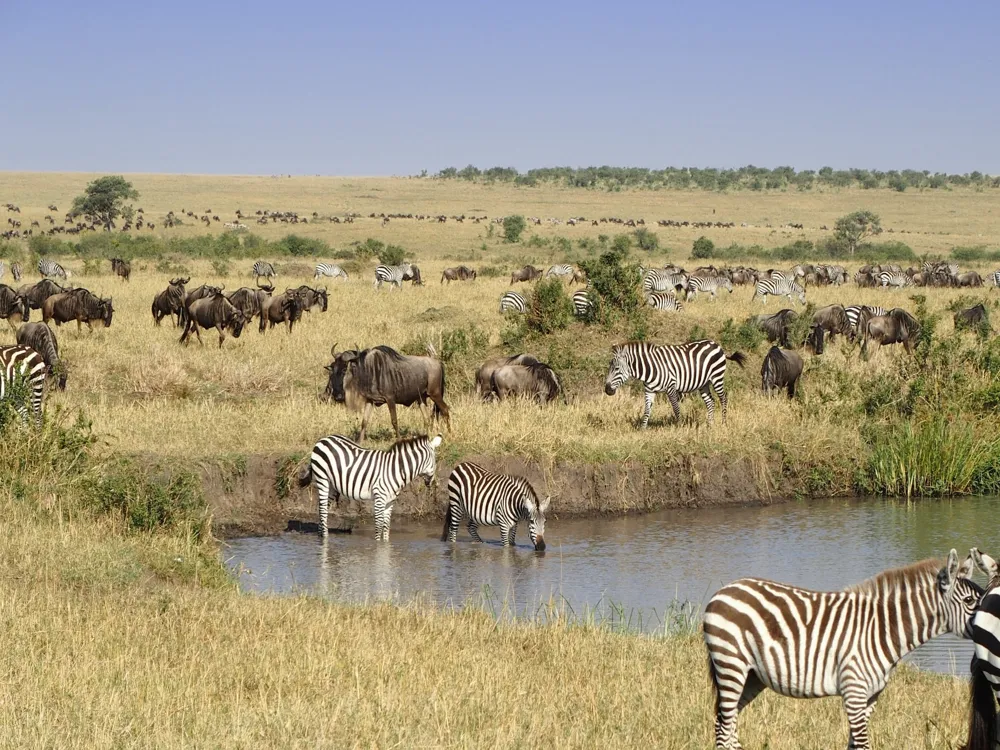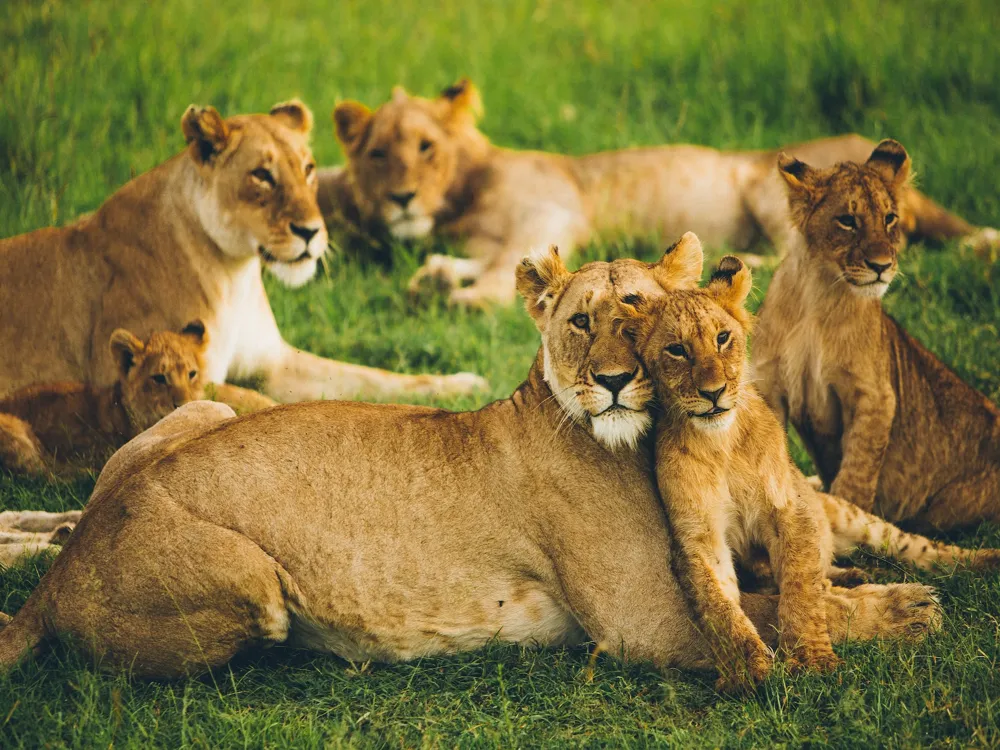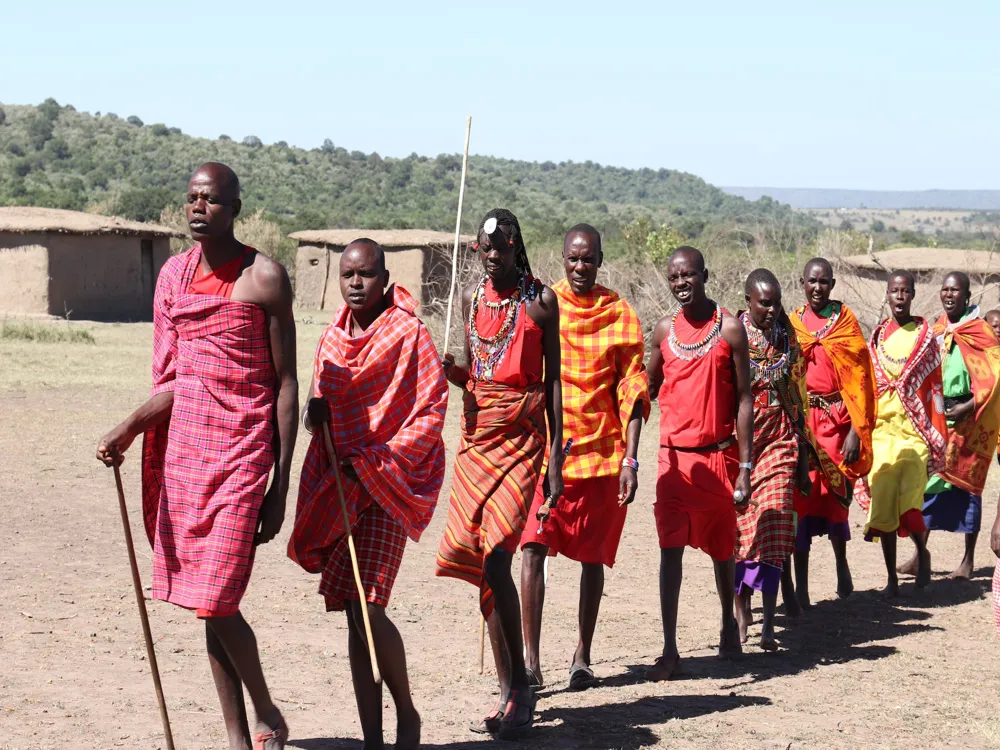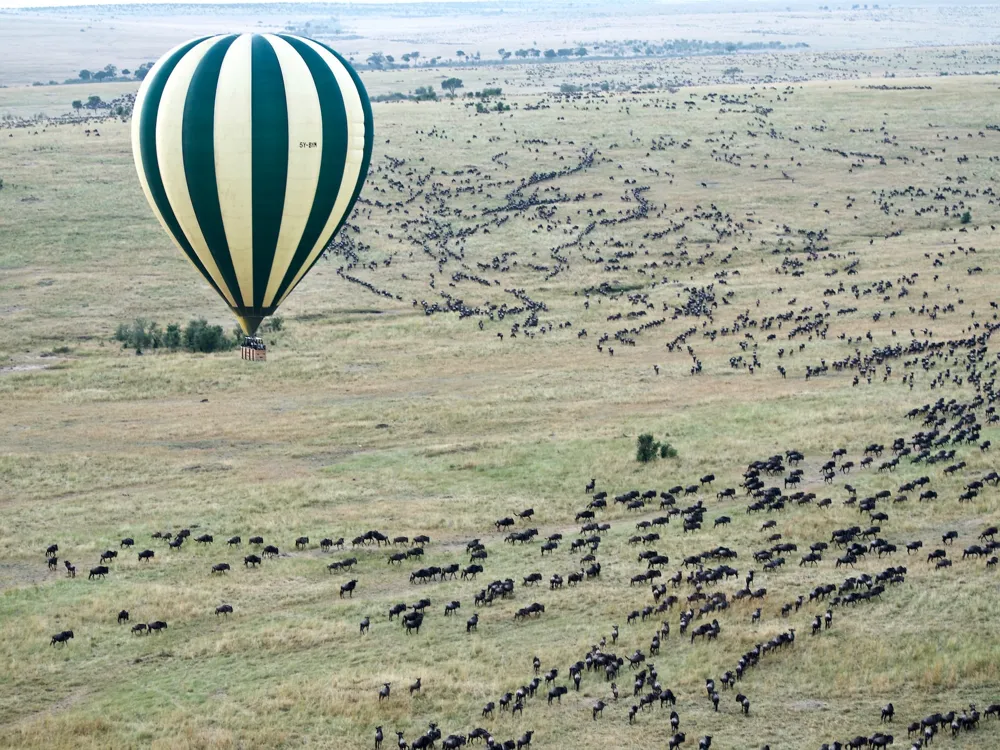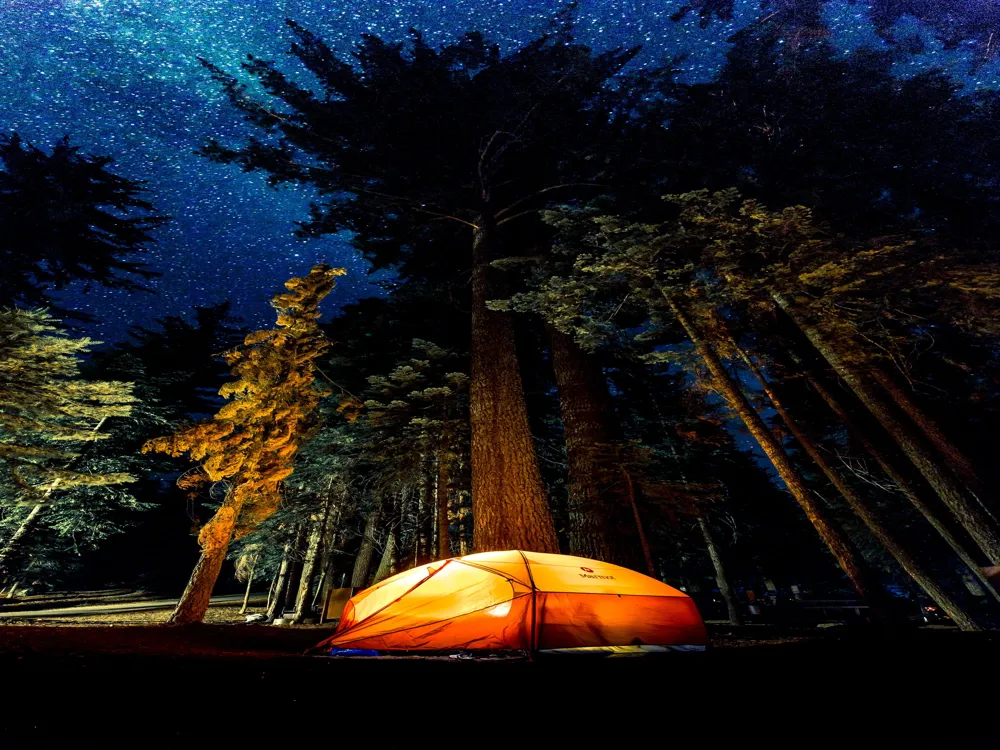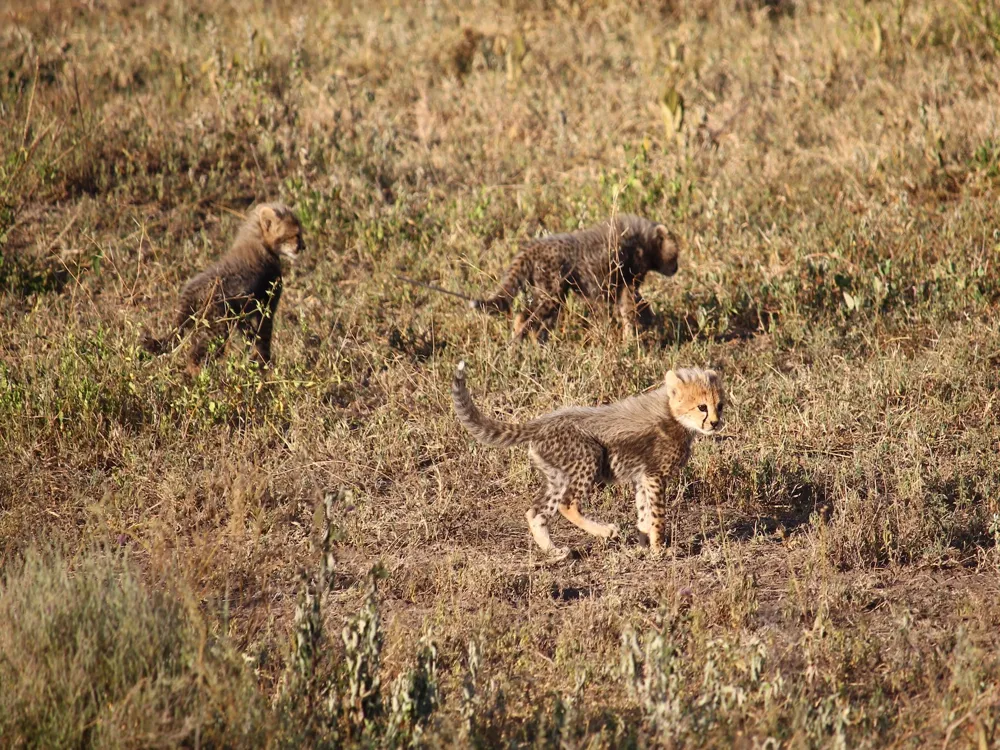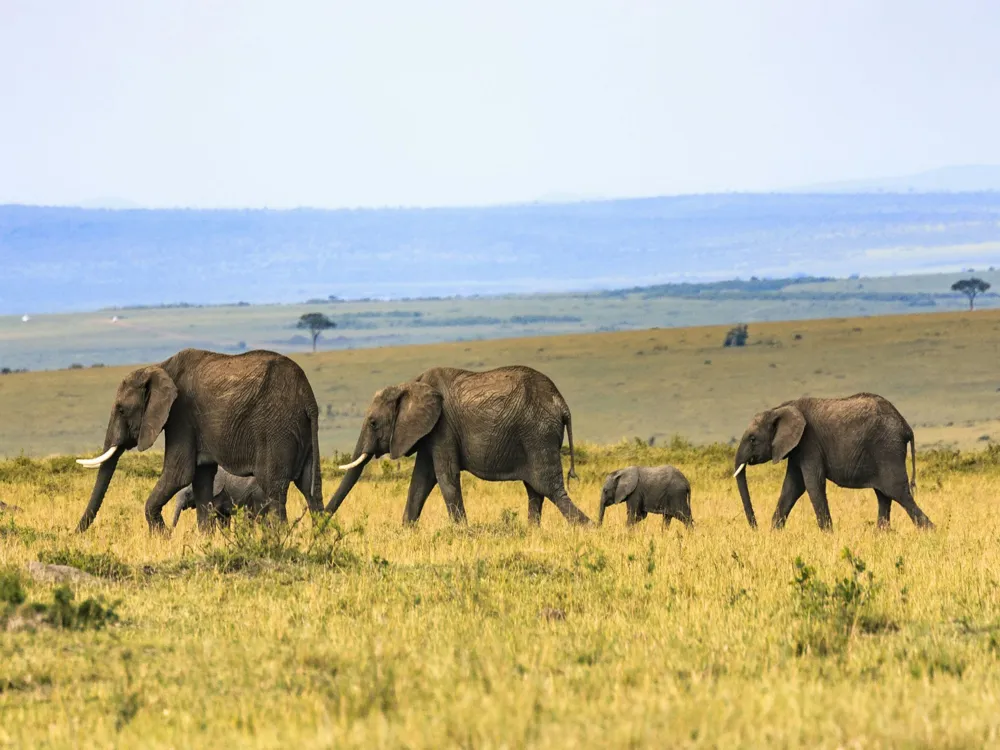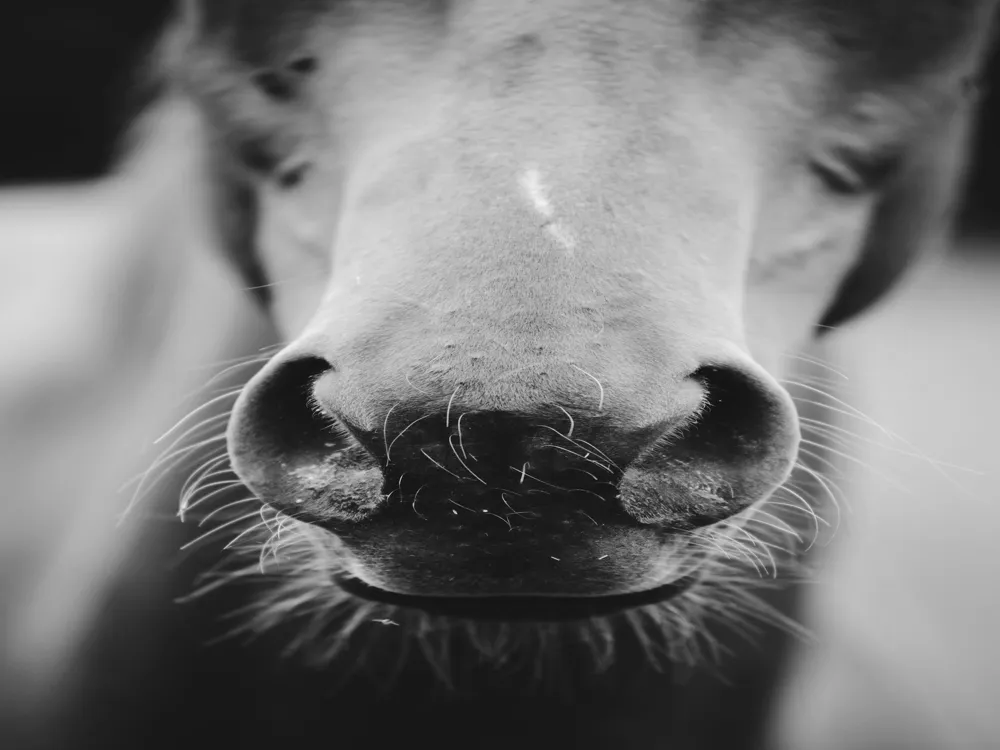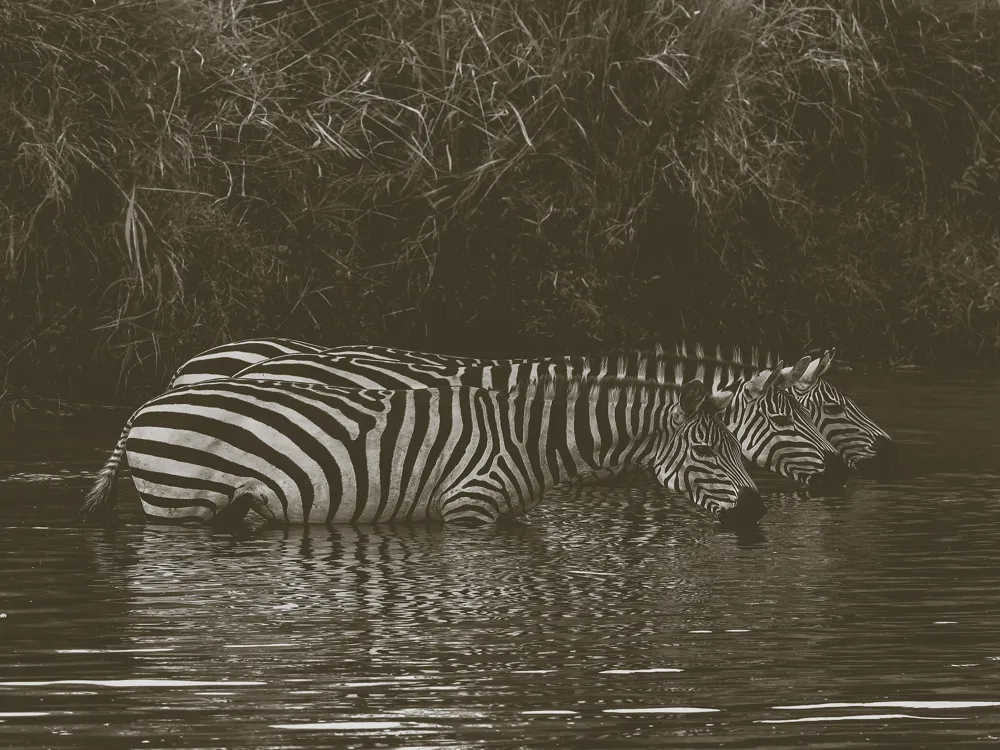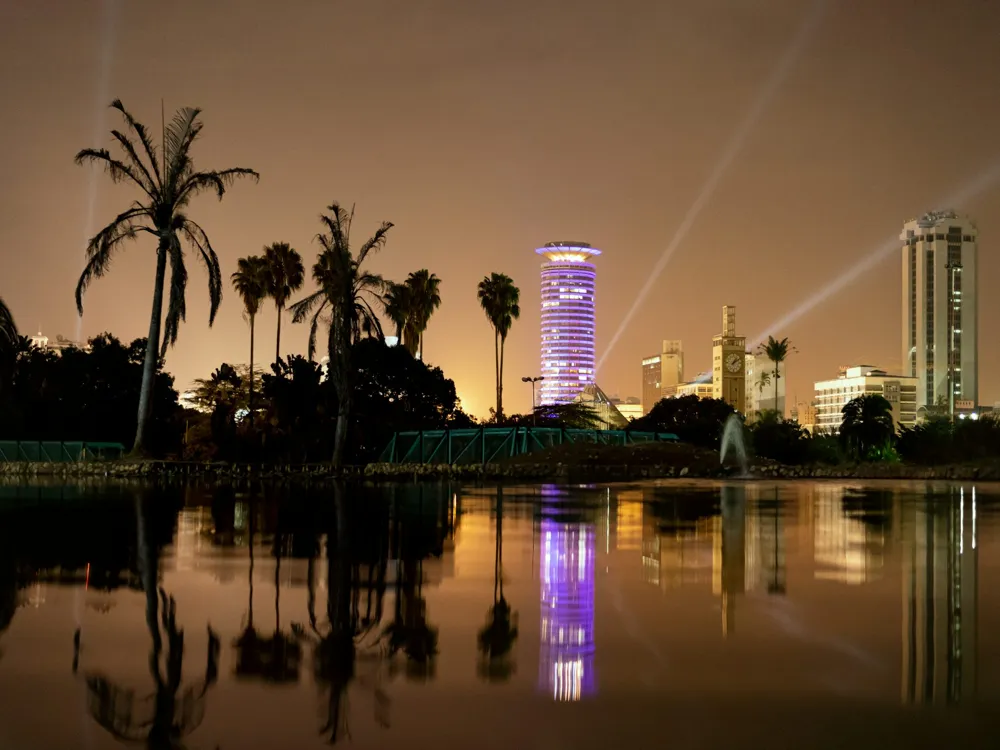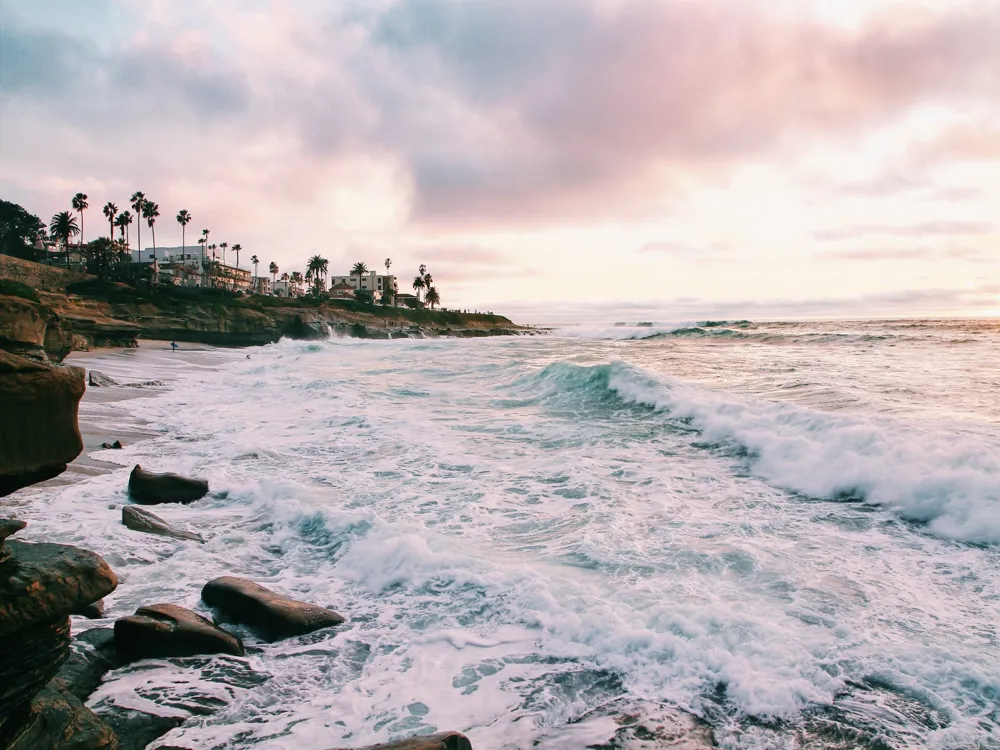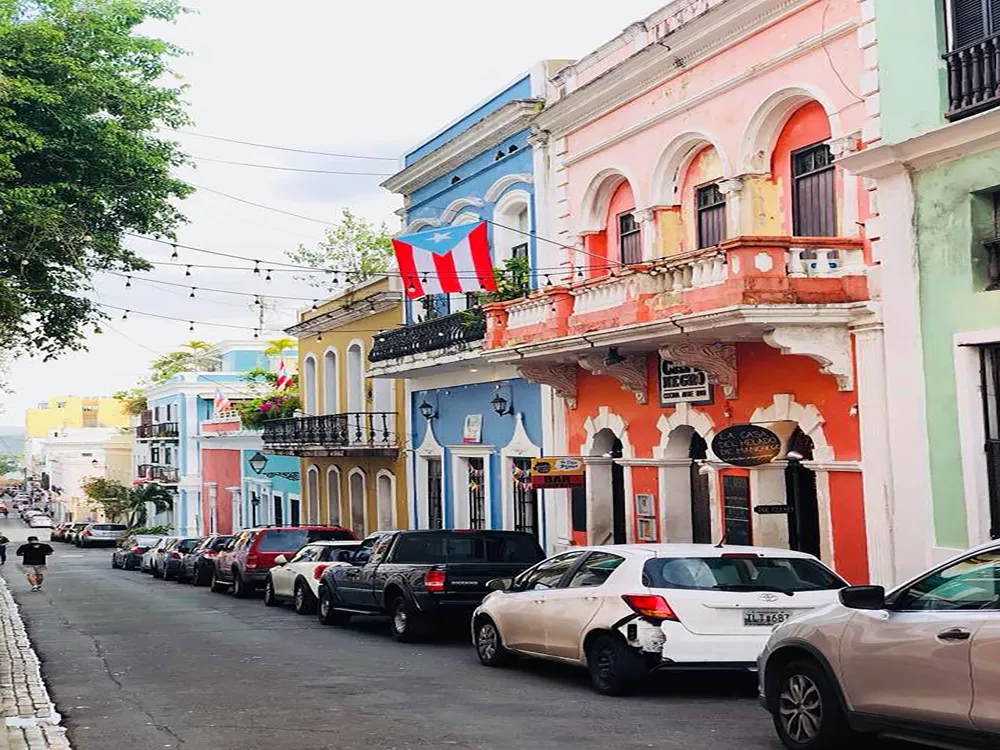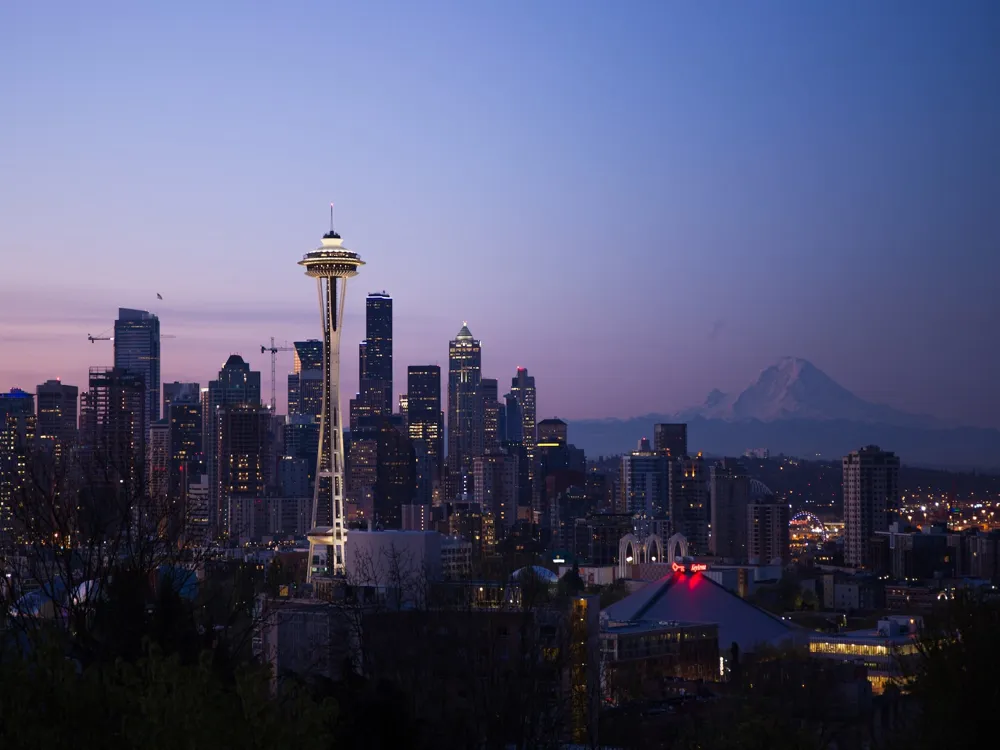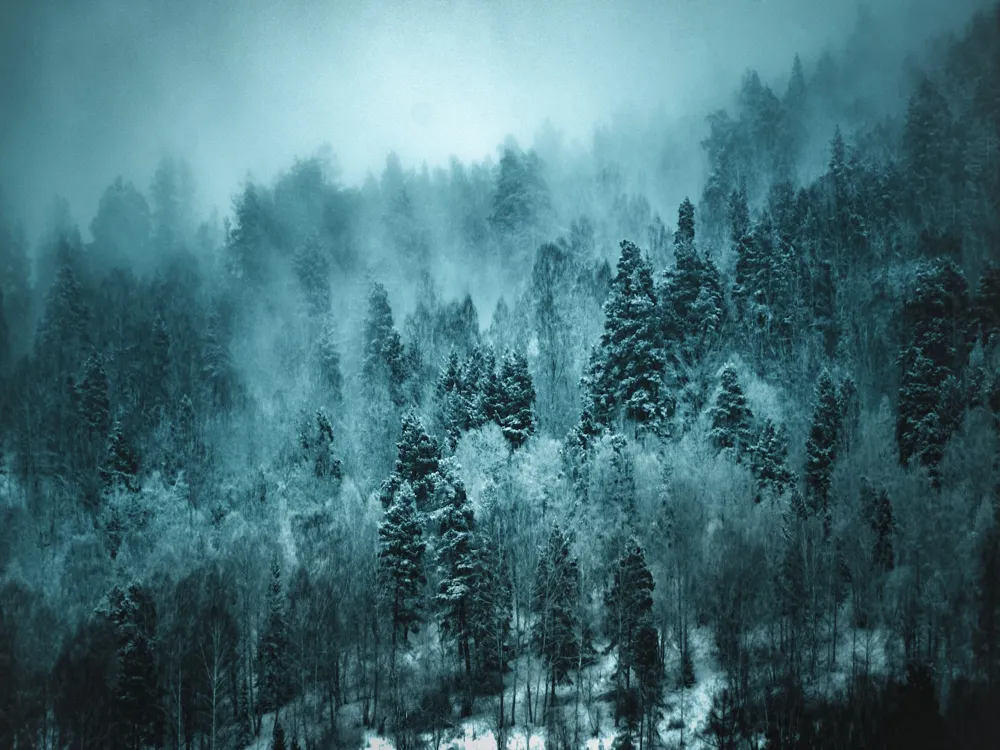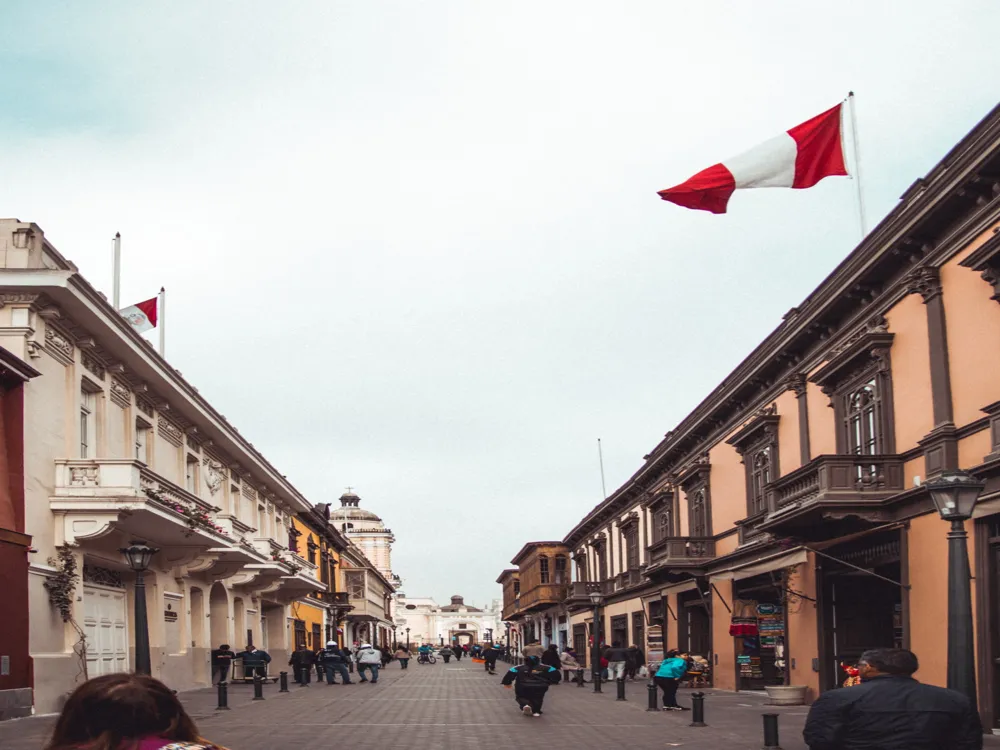Best Time to Visit Masai Mara
Kenya
2 out of 24 Places to visit in Kenya₹ 63,000 onwards View Packages
Get Customized PackagesThe Land of Diversity
Top Hotel Collections

Private Pool

Luxury Hotels

5-Star Hotels

Pet Friendly
What is the Best Time to Visit Masai Mara?
Planning a trip to Masai Mara? Choosing the right time to visit this enchanting destination is crucial for an unforgettable experience. The best time to visit Masai Mara is during the Great Migration, a spectacular natural event where millions of wildebeests and zebras cross the Mara River in search of greener pastures. This phenomenon usually occurs between July and October, offering a once-in-a-lifetime safari experience. The weather during this period is moderate, with clear skies and lush landscapes, providing ideal conditions for wildlife viewing.
More about Best Time to Travel to Masai Mara
Travel Peak Season in Masai Mara
Embark on a safari adventure during the peak season in Masai Mara, typically from July to October. Masai Mara Tour Packages This period coincides with the Great Migration, attracting wildlife enthusiasts from around the globe. The savannah comes alive with a myriad of animals, offering unparalleled opportunities for photography and wildlife observation. Ensure to book your accommodations well in advance, as this is a sought-after time for visitors.
Travel Offseason in Masai Mara
For those seeking a quieter experience, the offseason from March to May is an excellent choice. While the wildlife is still abundant, the crowds are thinner, providing a more intimate encounter with nature. The lush greenery during the offseason creates a stunning backdrop for your safari, and the lower visitor numbers allow for a more peaceful and personal exploration of Masai Mara.
Masai Mara Travel Packages
View All Packages For Masai Mara
Masai Mara in Shoulder Season
Consider visiting during the shoulder seasons of November, February, and June. These transitional periods offer a mix of experiences, with some wildlife still present and the landscape showcasing a blend of colors. The weather is mild during these times, making it an ideal compromise between the bustling peak season and the quieter offseason.
Masai Mara in Hot Season
The hot season from January to February provides a unique perspective on Masai Mara. While the temperatures rise, the vegetation thins out, making it easier to spot wildlife. This season is perfect for those who can handle the heat and desire a more exclusive encounter with the mesmerizing landscapes and creatures that call Masai Mara home.
Masai Mara in Rainy Season
Experience the beauty of Masai Mara during the rainy season from March to May. The landscape transforms into a lush paradise, with vibrant flora and flourishing wildlife. Although some lodges may close during this period, those that remain open offer discounted rates, making it an economical yet captivating time to explore the region.
Masai Mara in Cool Season
Opt for a visit during the cool season in June or from November to December. With milder temperatures, this period provides a comfortable atmosphere for safaris and outdoor activities. The cool season offers a unique perspective, with the landscapes in transition, creating a diverse and visually stunning environment for your Masai Mara adventure.
Places To Visit In Masai Mara
View All Places To Visit In Masai MaraNearby Places Masai Mara
Masai Mara Photos
View All Photos For Masai MaraBrowse Package Collections
Browse Hotel Collections
Faq
A: When is the peak migration season in Masai Mara?
The peak migration season in Masai Mara typically occurs from July to October, when millions of wildebeest and other animals cross the Mara River in search of greener pastures.
Q: What is the Wildebeest Migration, and when can I witness it in Masai Mara?
The Wildebeest Migration is a spectacular natural event where vast herds of wildebeest, zebras, and other animals move across the Mara-Serengeti ecosystem. To witness this awe-inspiring phenomenon, plan your visit between July and October.
Q: Are there specific months to avoid due to unfavorable weather conditions?
The long rains in Masai Mara usually occur from March to May, and this period may bring muddy and challenging conditions. It's advisable to avoid these months if you prefer a drier and more comfortable safari experience.
Q: What is the significance of the short rains season, and how does it affect the landscape?
The short rains season, usually from November to December, brings about a lush and green landscape in Masai Mara. This can be a great time for photography enthusiasts and those who appreciate the vibrant scenery.
Q: Can I visit Masai Mara during the dry season, and what are the advantages?
The dry season, from June to October, is an excellent time to visit Masai Mara as the vegetation is less dense, making wildlife easier to spot. Additionally, the weather is generally pleasant during these months.

